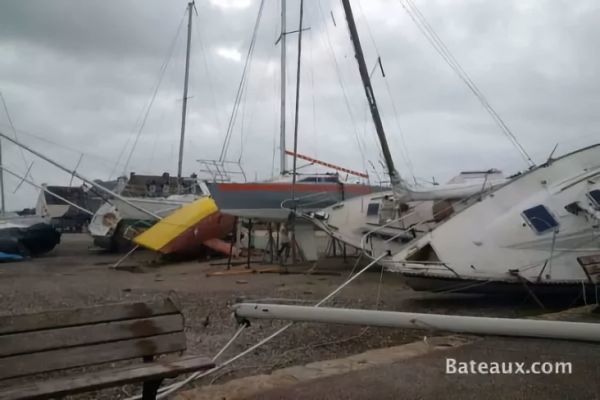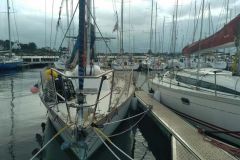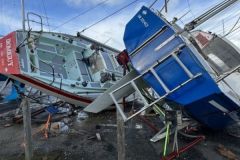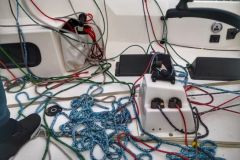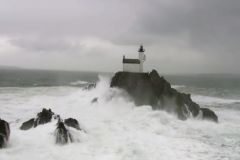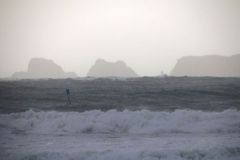Safety dictates that you should not attempt to reach your boat if the wind or swell is already too strong. Your personal safety comes first, whatever the price of your boat. Harbors are often closed by municipal by-laws.
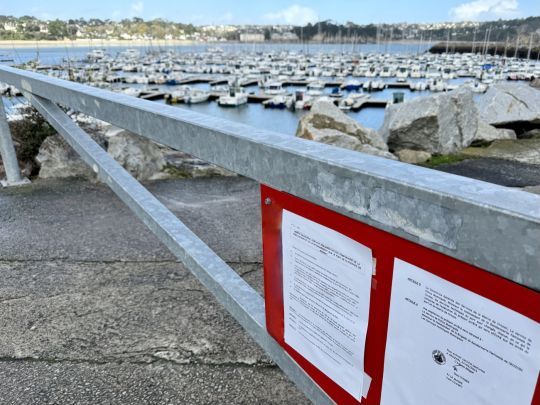
Check the mooring, a key point to be made before the passage of heavy weather.
Whether on a pontoon or a mooring, make sure the boat is well moored. Use hawsers that are in good condition and sufficiently elastic to absorb shock energy. Don't use old, inelastic halyards.
We recommend doubling your mooring lines, using different anchor points, and using mooring line shock absorbers. Don't hesitate to change a few meters of a worn mooring line, by shortening it or taking a new one. If the boat is in port, you need to reinforce the mooring lines, maintaining an angle of at least 45° between the boat and the quay.
Don't overtighten the mooring lines, to allow for variations in water level and boat movement. Last but not least, protect the mooring lines from chafing by using sheaths or pieces of hose.
Also check the position of the fenders, as well as the wear of their tips. You won't lose them, and you'll avoid impacts on the hull.
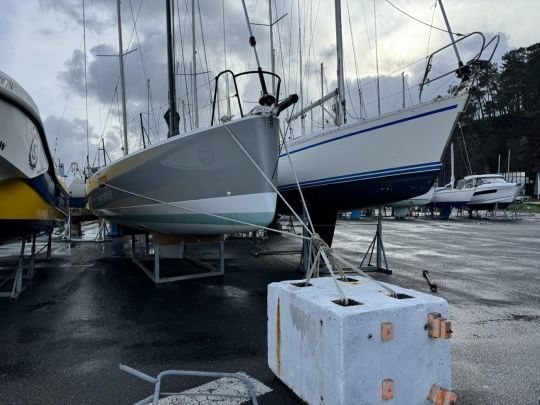
The safety of your boat in port also depends on the safety of neighboring boats. So make sure that other boaters have taken the same precautions as you, and warn them if they haven't, or even take up a cleat knot or two. You should also report any anomalies or hazards to the harbor supervisors, who can intervene in an emergency. If you can't intervene directly on your boat, don't hesitate to send an e-mail to the harbor master's office asking them to check your mooring.
If the boat is on land, make sure it's well chocked and strapped down, with chocks or bers adapted to its shape and weight. Check that the bers or trailer are stable and well secured to the ground. Tie the bers together with straps or old halyards with little elasticity to prevent them from moving, coming loose or skidding with the force of the wind.
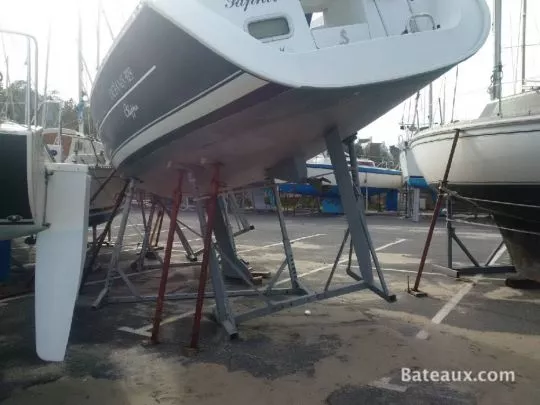
Preparing the boat
Naturally, you'll need to remove anything that could come loose, fly away or increase the boat's dunnage, such as the tender and its engine, planks, the cockpit table, antennas, wind vanes, solar panels, navigation instruments or water or fuel cans that might be stored on deck... Halyards should be kept away from the mast, not only because of the noise they can generate when they snap, but also to protect the mast from any rubbing marks they may leave. Finally, the wind turbine must be blocked to prevent overheating and mechanical damage.
If the boat is on the water, close all portholes, hatches and hatches to prevent water or air from entering. Check all through-hull fittings and valves for leaks, and close any unnecessary ones. Finally, check battery levels and disconnect the shore charger. You should also check that the bilge pump and discharge hose are working properly.
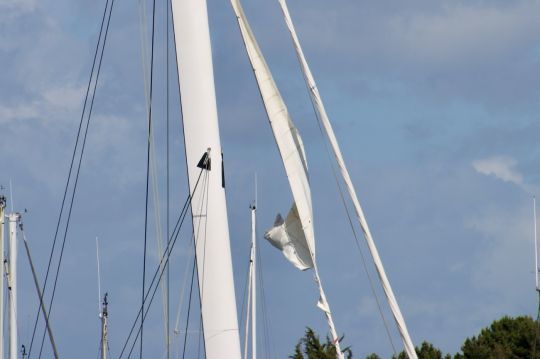
Furling sails should be lowered and stored in a dry place to prevent them from unrolling and tearing. Covers, biminis, sprayhoods and other cloths should be removed, as they can unhook, increase the boat's dunnage or cause it to heel.
Finally, it's a good time to check with your insurance company to see if they will cover any damage your boat may have caused or suffered.
